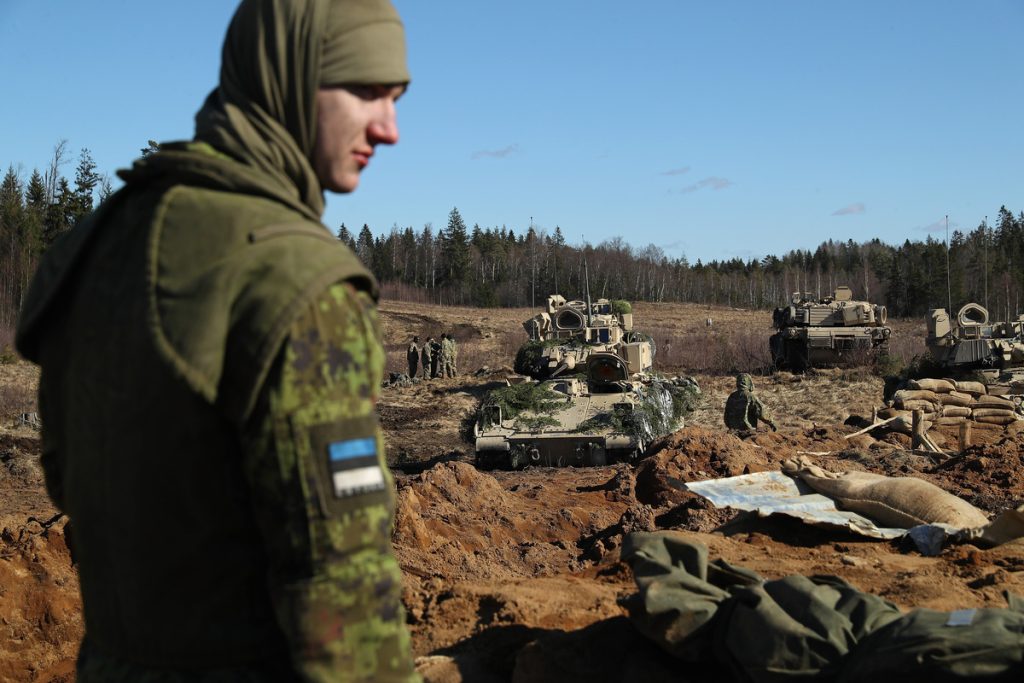NATO is gearing up to move U.S. forces quickly towards Eastern Europe in the event of a wider conflict with Russia. The alliance is creating new “land corridors” to facilitate the rapid transport of troops and supplies through European countries towards potential front lines on the eastern flank. This move comes amid heightened tensions between NATO and Russia, with Moscow increasing defense spending and NATO countries pledging to do the same. The Institute for the Study of War has warned that Russia may be preparing for a large-scale conflict with NATO sooner than expected.
The expansion of logistics routes to transport U.S. personnel and resources is intended to send a signal to Russia that NATO is serious about its readiness for broader war. It also puts pressure on European NATO states to ensure that infrastructure like roads and bridges can handle heavy military equipment. U.S. military presence in Europe is already significant, with around 100,000 personnel stationed across the continent. Following Russia’s invasion of Ukraine, the U.S. bolstered its footprint in Europe by deploying over 20,000 additional personnel. The new plans aim to facilitate the movement of U.S. troops into different theaters to support local defense efforts.
Many European countries have NATO force integration units in place to support the movement of troops. However, detailed defense planning has decreased since the Cold War, prompting a need to renew understanding of logistics requirements. The war in Ukraine has influenced NATO’s planning for a potential conflict, with a focus on creating resilient and redundant logistics systems. Northern European routes, such as those in the Netherlands, are considered vulnerable to Russian missile strikes based on observations from the conflict in Ukraine.
NATO’s preparations for a potential conflict with Russia have raised concerns about the state of relations between Western countries and the Kremlin, which are at their lowest point since the Cold War. Moscow has accused NATO of preparing for war, while the alliance has cited Russia’s “malign activities” on its territory as a cause for alarm. The new logistics routes being developed by NATO are part of broader efforts to enhance readiness and demonstrate commitment to defending Europe against potential threats.
The U.S. military has a strong presence in Europe, with troops stationed in Poland, Germany, and Southern Europe, as well as combat air units and logistical support. The U.S. 6th Fleet is based in Italy, and the 2nd Fleet has been revived in the North Atlantic. The new logistics routes are designed to facilitate the movement of U.S. forces within Europe and enhance local defensive capabilities. By coordinating with existing NATO force integration units, the alliance aims to streamline the transport of troops and supplies in response to evolving security challenges.
Overall, NATO’s focus on creating new logistics routes for U.S. forces in Europe reflects the alliance’s commitment to readiness and defense preparedness. As tensions with Russia continue to simmer, NATO is taking proactive steps to bolster its capabilities and ensure a swift response to potential threats. The evolving security landscape in Europe, particularly in light of the conflict in Ukraine, underscores the importance of maintaining strong defensive mechanisms and robust logistics systems to support military operations in the region.


